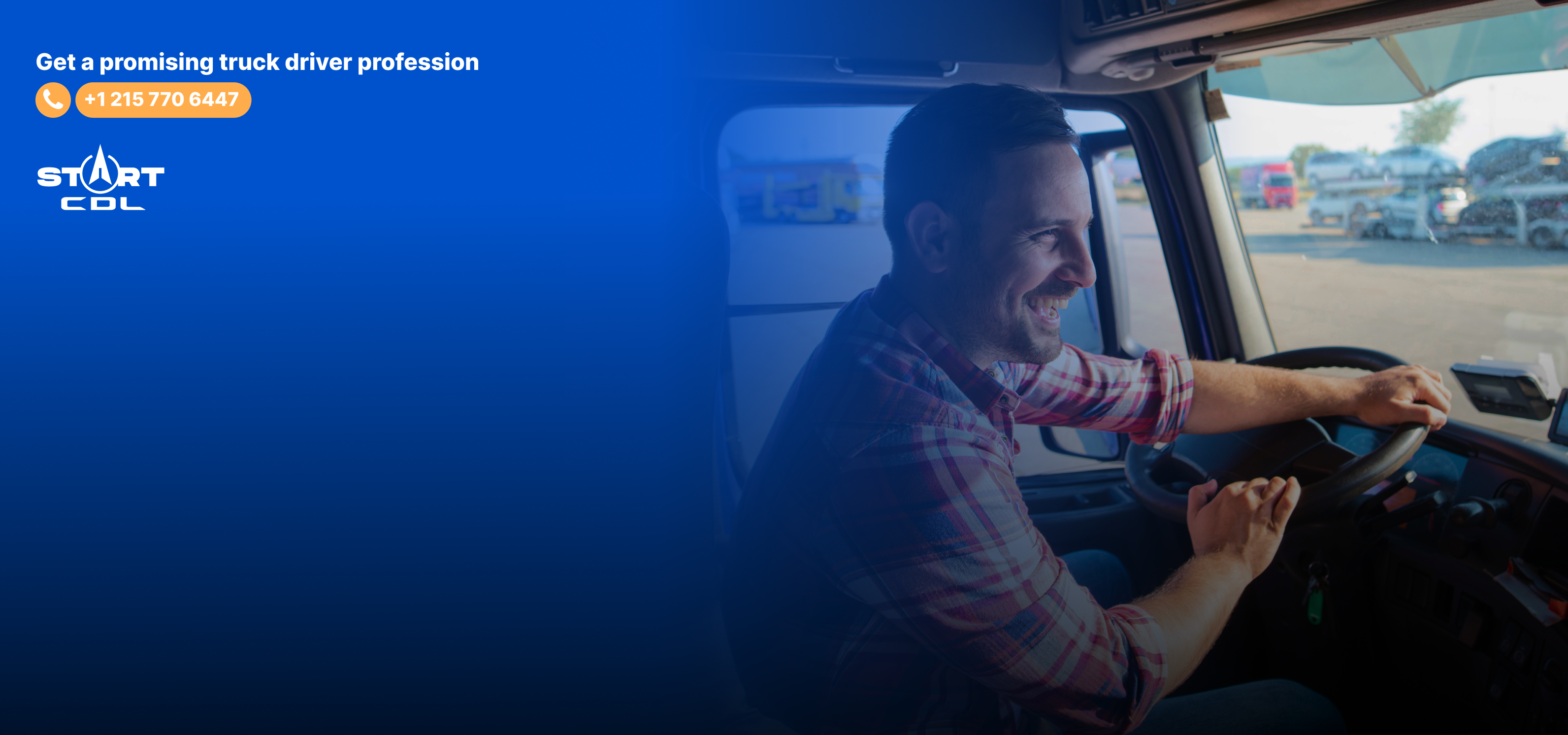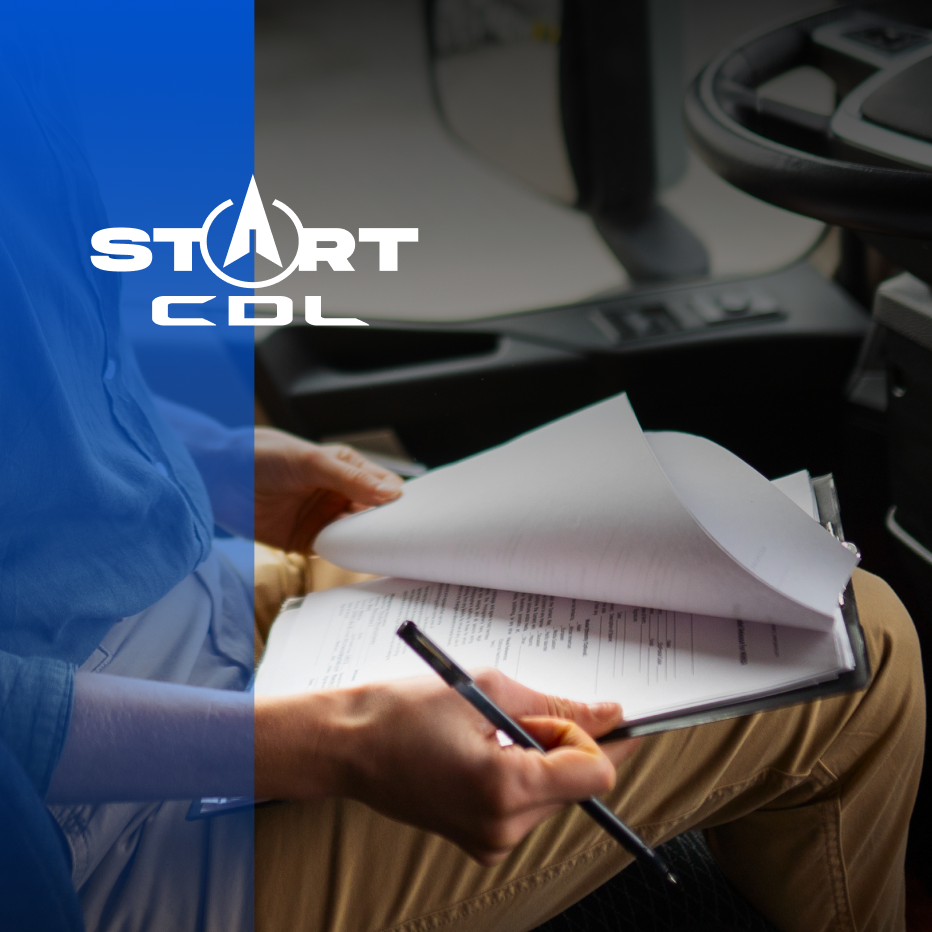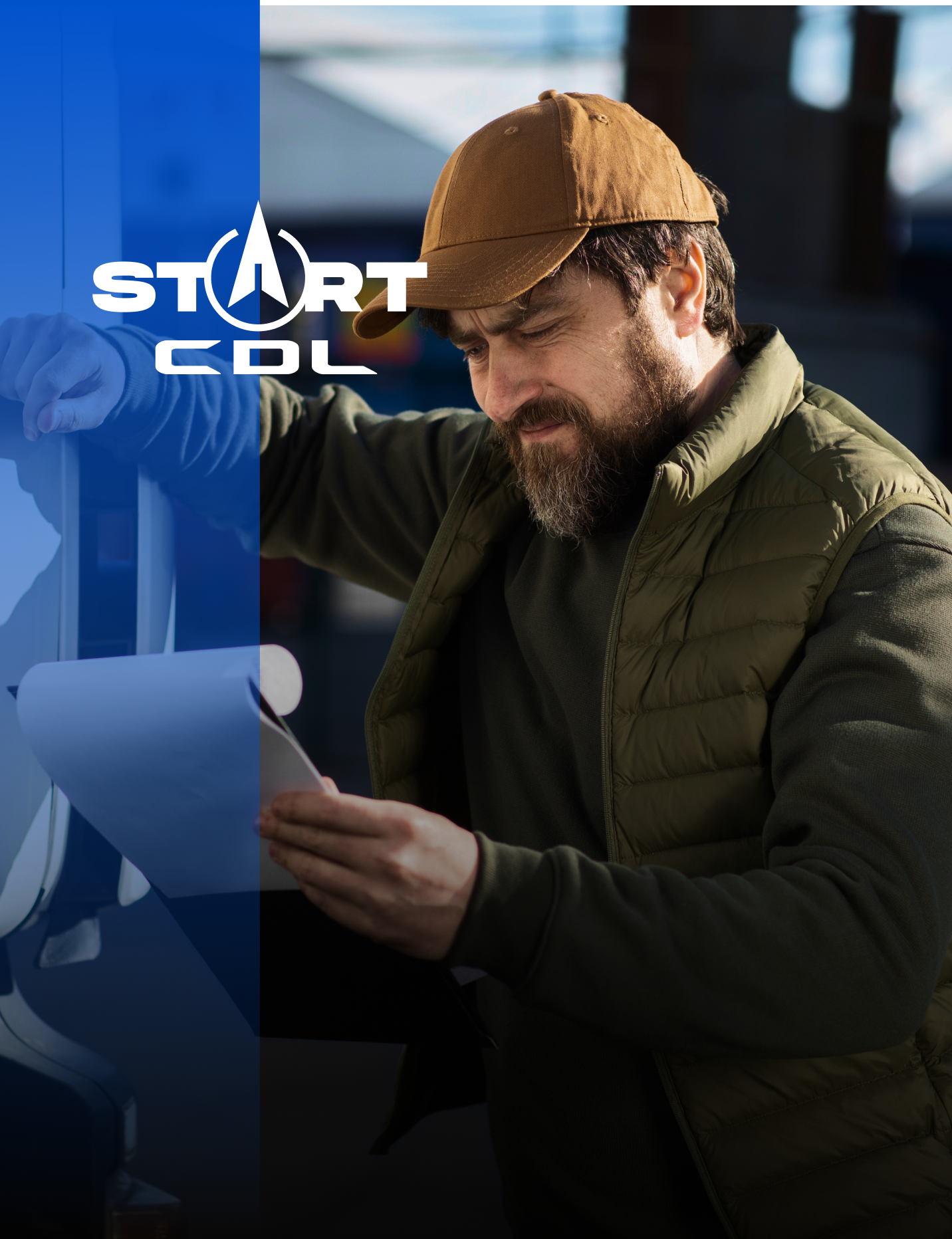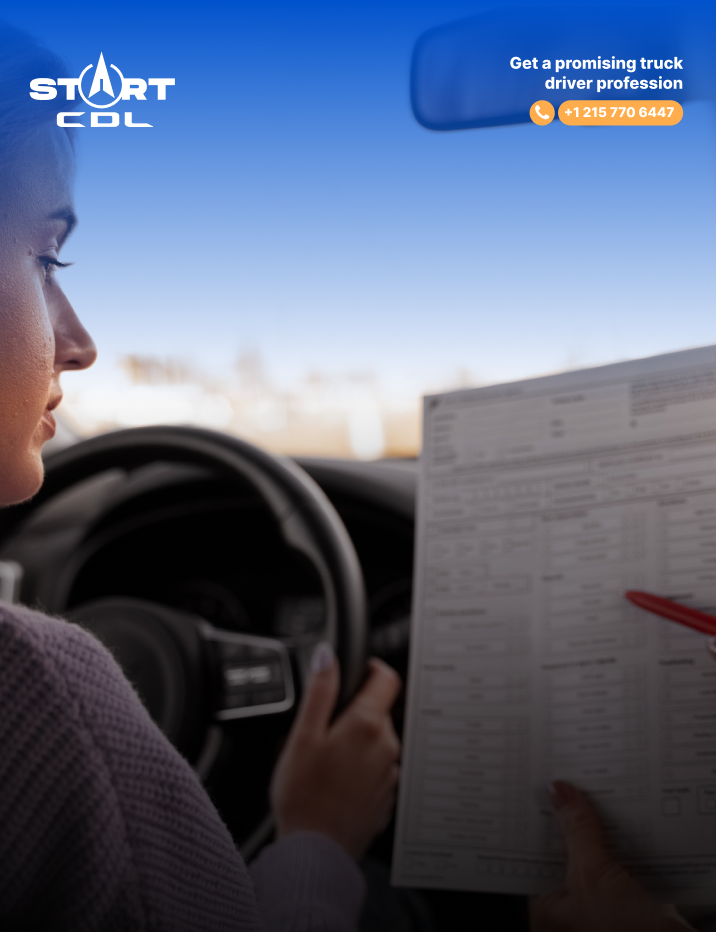

Experienced truckers know one thing—iif you can’t park, you’re not there yet! And indeed, most newbies find truck and trailer parking a major obstacle. We will provide steps and tips that will make the whole thing easier for you in this post. We’ll guide you through how to park a big truck via two methods: pulling and backing it into a parking lot. Read on for detailed steps that will help you learn how to park your truck first by pulling it into a parking spot.
- Adjust Your Mirrors Before You Park Your Truck
- Space for Easy Trailer Truck Parking
- Slow and Brake Early
- Choosing the Right Parking Spot for Your Truck
- Don’t Overdo or Underdo Your Turn
- Get Your Truck Straight With 3-Point Turn
- Final Steps
Essential Tips for Parking a Truck Safely
1. Adjust Your Mirrors Before You Park Your Truck
Large vehicles usually have extra mirrors for better visibility, but casual drivers often forget about them. Misaligned mirrors can mess with your view, leaving you unsure of the space between you and other objects—ddangerous ignorance! Don’t skip the mirror check before parking trucks. Make sure your view is wide open so you don’t accidentally hit people, kids, or stray shopping carts.
2. Space for Easy Trailer Truck Parking
Giving yourself as much space as possible while parking makes adjustments easier and less stressful. Try parking in an emptier section of the lot or next to smaller cars. Since they don’t take up as much room, you’ll have more space to guide your truck into place.
3. Slow and Brake Early
Big trucks carry more weight, so when parking a tank trailer, you should stop sooner than you would in a regular car, especially with a heavy load. Moving slowly while parking helps you avoid expensive mistakes like bumping other cars or hitting barriers.
4. Choosing the Right Parking Spot for Your Truck
If you’re not too confident with parking your big truck, this is your safest bet. Find a spot that’s free of other cars. Turn your wheel in the direction you’re going, but keep in mind that your truck’s front might swing over the lines—bbigger trucks need more room to turn. After pulling in, you may need to adjust. Put it in reverse, check your mirrors and blind spots, back up, and pull in again, straightening your wheels as you go.
5. Don’t Overdo or Underdo Your Turn
Bigger vehicles need more truck parking spaces to make wide turns and get into a spot neatly. Turning like you would in a small car could send you into someone else’s spot. Some tips from our experts on how to avoid that:
- Position your truck as far from the spot as you can for an easier approach.
- Steer the wheel hard toward the spot to angle your front end.
- Watch your mirrors closely to make sure that your truck is straightening out without touching nearby cars.
6. Get Your Truck Straight With 3-Point Turn
The better your back end is lined up, the easier parking becomes. A three-point turn means turning one way as far as possible, reversing to straighten the front, then completing the turn. When truck trailer parking, make sure you:
- Pull the front end close to a nearby vehicle.
- Reverse and straighten your truck to line up with the spot. Don’t forget to check mirrors and blind spots for people or parked cars.
7. Final Steps
Easy your truck straight into the spot upon completing the turn. You’re already in line, so just a few tiny adjustments will work. Nailing this parking truck skill in tight spaces is crucial for larger vehicles. Let’s now touch upon offset parking steps as part of backing a truck into a parking spot.
Backing a Truck Into a Parking Spot: Clean Trailer Parking Strategies & Steps
Start by identifying your reverse strategy. For drivers figuring out how to park a truck in a parking lot, there are four types: straight back, offset truck parking, alley dock, and parallel parking semi truck. Straight back involves parking in spots at a right angle to traffic lanes. Offset truck parking has diagonal spaces that require more maneuvering. Alley dock means backing your tractor trailer into a dock from a narrow path, often found at warehouses. And parallel parking tractor trailer involves carefully reversing into a spot between two obstacles—a real test of skill.
You need to learn the specifics of backing up. When figuring out how to park a semi truck, remember that it’s different from regular trucks. Big trucks with beds turn more like cars but need lots of room. With a semi-truck or trailer, your back end will swing the opposite way of your front wheels. Spend some time in an empty parking lot practicing your reverse skills. Set up some traffic cones or even a folding chair as obstacles to help you learn how to guide your trailer without bumping into anything. This is also great for mastering clean trailer parking.
Next, pull forward a few feet before backing into your spot — this prevents sharp turns that could scrape parked cars. Make sure to lower your mirrors on both sides for a clear view, especially in the rain — raindrops can block your sight. If you have passengers, kindly ask them to step out. This gives you a clear line of sight while reversing, avoiding any accidents.
Always check your mirrors and do a walk-around prior to parking. Your mirrors can show you the truck parking dimensions, but they might miss things like signs or posts.
- Compare what you see during your walk with the mirror view.
- Spot any obstacles that might not be clear.
- Consider the tractor trailer parking space dimensions to make sure it fits.
After your walk, adjust your mirrors based on the truck parking lot design for a better perspective.
Next step: make a wide swing with your cab while parking. For semi-trucks, turn the wheel toward the spot to let the back end slide in. Once it’s angled, straighten out slightly. More space around you means more room to adjust while backing up. Keep a close eye on your vehicle’s front and back to avoid bumping into other parked cars while you maneuver into the spot.
When your rear end lines up with the parking spot, straighten your cab. Let the back move a little further into the spot, then turn your wheel toward the parking space. This will help straighten your cab while keeping the trailer in place. Steer gently to avoid changing the trailer’s angle. Some trailer parking space dimensions can be tight, so don’t hesitate to back out and adjust if needed. Always watch your surroundings to avoid hitting nearby vehicles while maneuvering. Enjoy practicing safe and modern truck parking!
Related Articles
10 years of experience
and
10000+ graduated
students with CDL
Feel free to ask
us any questions about
getting a CDL in the USA


 @startcdl
@startcdl
 +1 (224) 520-3169
+1 (224) 520-3169







